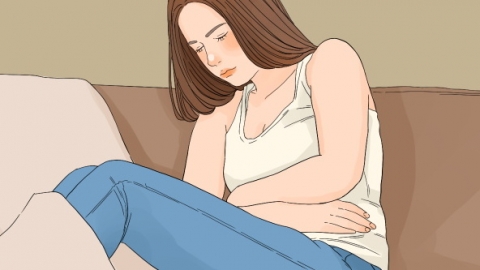What are the symptoms of ovulation?
Generally, during the ovulation period, females may experience various symptoms, which are mainly caused by fluctuations in hormone levels in the body. The severity of these symptoms varies among individuals. Common symptoms include abnormal changes in vaginal discharge, mild discomfort in the lower abdomen, fluctuations in basal body temperature, slight breast tenderness, and changes in libido. The details are as follows:

1. Abnormal changes in vaginal discharge: This is a relatively typical symptom during ovulation. Vaginal discharge changes from a small amount and thick consistency to a clear, transparent, and more abundant state. It becomes stretchy and resembles egg white, sometimes stretching up to several centimeters. This condition usually lasts for 2-3 days.
2. Mild discomfort in the lower abdomen: Some females may experience a mild feeling of pressure or dull pain in the lower abdomen during ovulation, typically localized on one side. This discomfort is usually mild and resolves on its own within 1-2 days.
3. Fluctuations in basal body temperature: Before ovulation, a female's basal body temperature tends to be lower. After ovulation, there is a slight increase in basal body temperature, typically by 0.3-0.5℃, which persists until the start of the next menstrual period.
4. Mild breast tenderness: Around the ovulation period, some females may experience mild breast tenderness, which may become more noticeable upon touch or pressure. This is caused by changes in estrogen and progesterone levels, which stimulate breast tissue to become congested and edematous.
5. Changes in libido: Influenced by hormonal fluctuations, most females experience an increase in sexual desire during ovulation, which is a natural response of the body aimed at enhancing the chances of conception. However, a small number of females may experience no significant change or even a slight decrease in libido due to individual physical characteristics or emotional factors.
Females can more accurately determine their ovulation period by observing these symptoms. During this time, it is recommended to maintain good hygiene of the external genitalia, change underwear frequently, maintain regular作息 (sleep-wake cycles), and avoid excessive fatigue to better adapt to physiological changes in the body.




